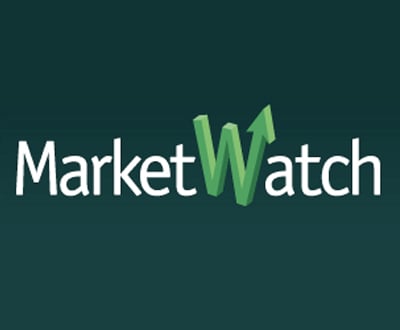SAN FRANCISCO (MarketWatch) — Smartwatches. Fit bands. Health monitors. They all fall under the umbrella of wearable technology, a market segment that is still waiting for one star product to emerge, at the right price, to convince consumers of the need to add something new to their gadget collections.
 |
On Thursday, Apple Inc. AAPL, +0.43% sent out invitations to members of the media for a Sept. 9 event near the company’s Cupertino, Calif., headquarters, that, while expected to center around the release of what has been dubbed the iPhone 6, might also include unveiling the initial result of Apple’s foray into the wearable tech market, the so-called iWatch.
“Wearables have so far offered more hype than market penetration, but that’s about to change,” said J.P. Gownder, of Forrester Research. “Apple will launch a product that launches a category, positioning itself in the center of that expanding category.”
As with anything Apple does, it commands a bit of premium due to at least a perceived belief that its devices are better-made, easier to operate and come with more and cooler features than those of its competitors. Yet with consumers already shelling out hundreds of dollars for smartphones and tablets, there are concerns over just how much the average person will be willing to pay for another gadget, and one that will, at least theoretically, be worn at all times on their wrist.
“The challenge is that consumers may be unwilling to pay a premium as these devices often duplicate what smartphones already do,” said Mark Sue, of RBC Capital Markets.
Sue cited data from an RBC survey that shows consumers are unlikely to pay more than $250 for a smartwatch, while 67% said they wouldn’t shell out more than $200 for one because, while it might be cool, they already have what they need built into the iPhone or some other smartphone already in their pocket.
“There’s no replacing the smartphone,” Sue said, adding that 60% of consumers are putting off purchases of smartwatches and other wearables because they are waiting for prices to go down, while only 15% say they are holding off in anticipation of newer devices, such as the iWatch.
Jim Shea, chief marketing officer at First Insight, a company that uses predictive analytic technology to help its customers accurately price their products, said research on wearables such as smartwatches suggests that, in addition to slimming down the device to something that isn’t too bulky to wear, price is the main factor in consumers’ minds.
“It’s got to be small and sleek, and down to around $200,” Shea said.
And while Shea said that Apple has historically been able to launch products at whatever price it has chosen, even Apple can get it wrong. For example, back in 2007, Apple’s initial iPhone was a hit, but consumers still fired complaints at the company for setting a $599 price tag on the 8-gigabyte model. Apple eventually responded by cutting the price to $399 and giving $100 Apple Store credits to anyone who had paid the initial $599 iPhone price.
“Apple generally does a nice job of [technological] integrations, and with the iPhone, it’s a really nice product that comes with a price premium,” Shea said. “But overall, there’s an unwillingness to pay exorbitant prices. And the price people are willing to pay is the biggest predictor of how well a product will do.”











